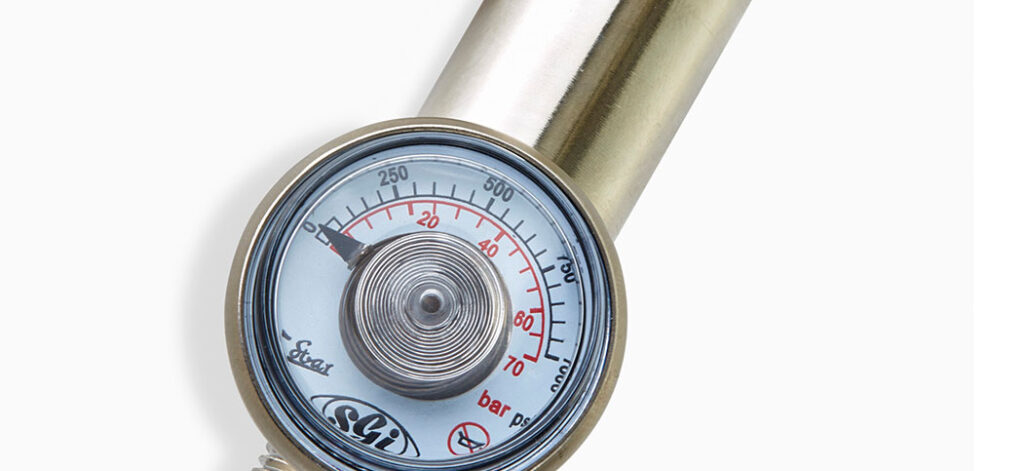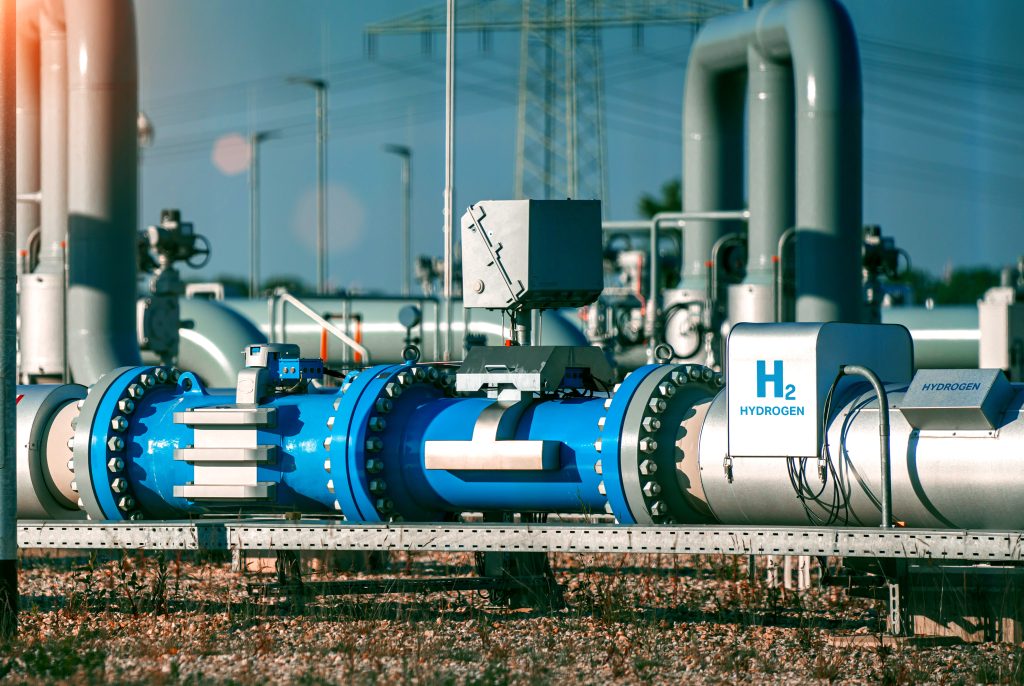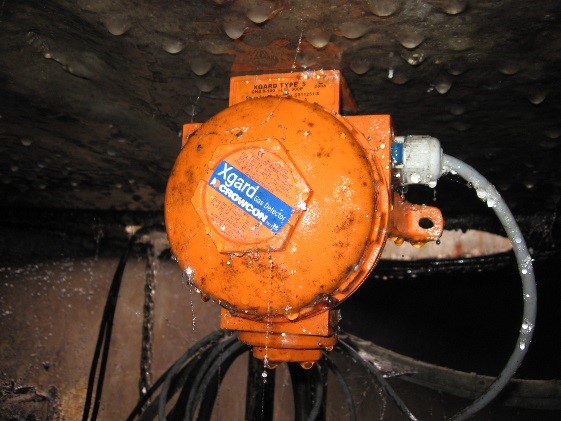A bump test is the only way to test that the whole gas detector unit is working properly. It checks that the sensors respond to the target gas, it also verifies that the display reacts and it confirms that all the alarms are activated and the detector goes properly into alarm.
While it is strongly recommended by manufacturers, from the 1st November 2010, EN60079-29 part 1 has been harmonised under the ATEX directive 94/9/EC. Therefore to comply with the ATEX directive, portable apparatus sensing flammable gases should have a functional check with gas before each day of use.
How To Do A Bump Test?
While, for any detector unit, it is important to follow the manufacturer’s instructions, the principle is the same. The aim of the bump test is to test the unit with a known concentration of the target gas sufficient to put the unit into alarm as well as showing appropriate gas readings.
To test the detector, you must attach a flow adapter to the instrument, which should accompany the unit. A cylinder of a known concentration of the target test gas (or gases, if it is a multigas detector) is required. Attach appropriate tubing to the cylinder flow regulator at one end and attach the other end to the instrument flow adapter as well as an exhaust tube on the flow adapter outlet. The gas is released at a specific flow rate usually around 0.5 L/min, exposing the sensors to the gas, the detector will show gas readings and alarms should respond accordingly. You are looking for the readings to reach a given value in a given period, usually within 10% of the applied gas level and within 30-40 seconds.
Be aware that, in all probability, you are using a toxic/hazardous gas, and need take appropriate precautions, including adequate ventilation.
It should also be noted that bump testing should be performed as per the manufacturers instrument instructions.
Depending on the detectors you use, there may be semi-automated or automated systems available to perform the bump test for you. The best of these can be configured so that you only have to insert the detector, and it does the rest for you, from applying the gas to recording the results for compliance purposes. These automated systems can usually offer Speedy bump functionality (where you are just looking for the first alarm point to trigger) or more common, Smart bump testing (where you are looking for the detector readings to fall within a given parameter showing the detectors are reading the correct gas levels).
All-in-all, it should take around 20-30 seconds, making it a cost-effective, fast and simple solution, and potentially save lives.
How Often Should I Bump Test My Instrument?
You should refer to the manufacturer’s recommendation to determine frequency of testing, although how frequently you use the unit can also be relevant. The user should perform a risk assessment with regard to how often they bump test to ensure they keep there operators safe and bear in mind the ATEX recommendations.
However frequently you bump test, remember that this does not remove the need to have gas detectors inspected, calibrated and serviced periodically by a competent individual; which I will speak more about next week.
INDUSTRY INSIGHTS
Subscribe to get the latest insights
IN your inbox
Read about Crowcon’s Privacy and Cookie policy here. If you change your mind, you can unsubscribe at any time






